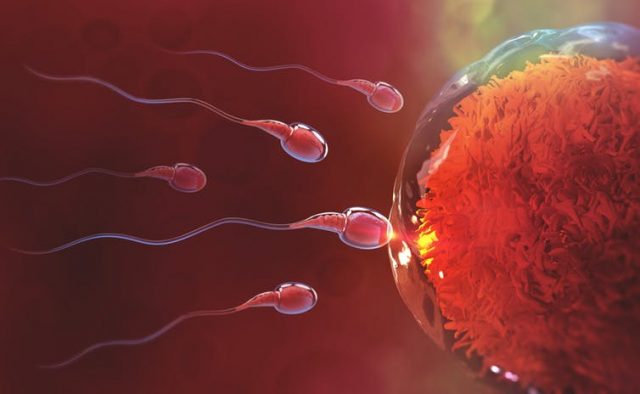
Prospective parents undergoing IVF (In Vitro Fertilization) could choose whether they will have a boy or a girl before fertilization takes place. In this procedure, eggs from a woman’s ovary are removed, then fertilized with sperm in a laboratory procedure and then the fertilized egg returned to the woman’s uterus.
A new method has revealed that a mouse sperm carrying an X chromosome can be seperated from those carrying a Y chromosome, meaning that sperm can be selected based on whether they will result in female (XX) or male (XY) offspring when used to fertilise an egg, according to scientists in Japan.
The researcher while undertaking part of a project to unpick and understand the differences between sperm carrying an X chromosome or a Y chromosome, relealsed that the X chromosome carries far more genes than the latter. Although there exists methods used to sort sperm, based on the relative size of the chromosomes, they are expensive as compared to the latest finding that the team suggests may be a cheaper and simpler technique.
In a report,the researchers explained how they exploited the fact that X chromosomes bear far more genes than Y chromosomes and so can produce a different range of proteins, including certain receptors that can bind to specific substances ascertining that the process may be applicable to humans and other species if the receptors are found to be present on human sperm.
However, the team acknowledges that the possibility of using the technique in humans comes with ethical problems which is common. Embryos produced through IVF can already be screened for their sex. While in some countries including the US,parents can use this to choose the sex of their child, in the UK it is illegal to select whic embryo to implant based on its sex unless there are medical reasons.
An expert in developmental biology at the Francis Crick Institute in London, said the research could prove very useful if similar effects are seen in agriculture, particularly with farm animals.
